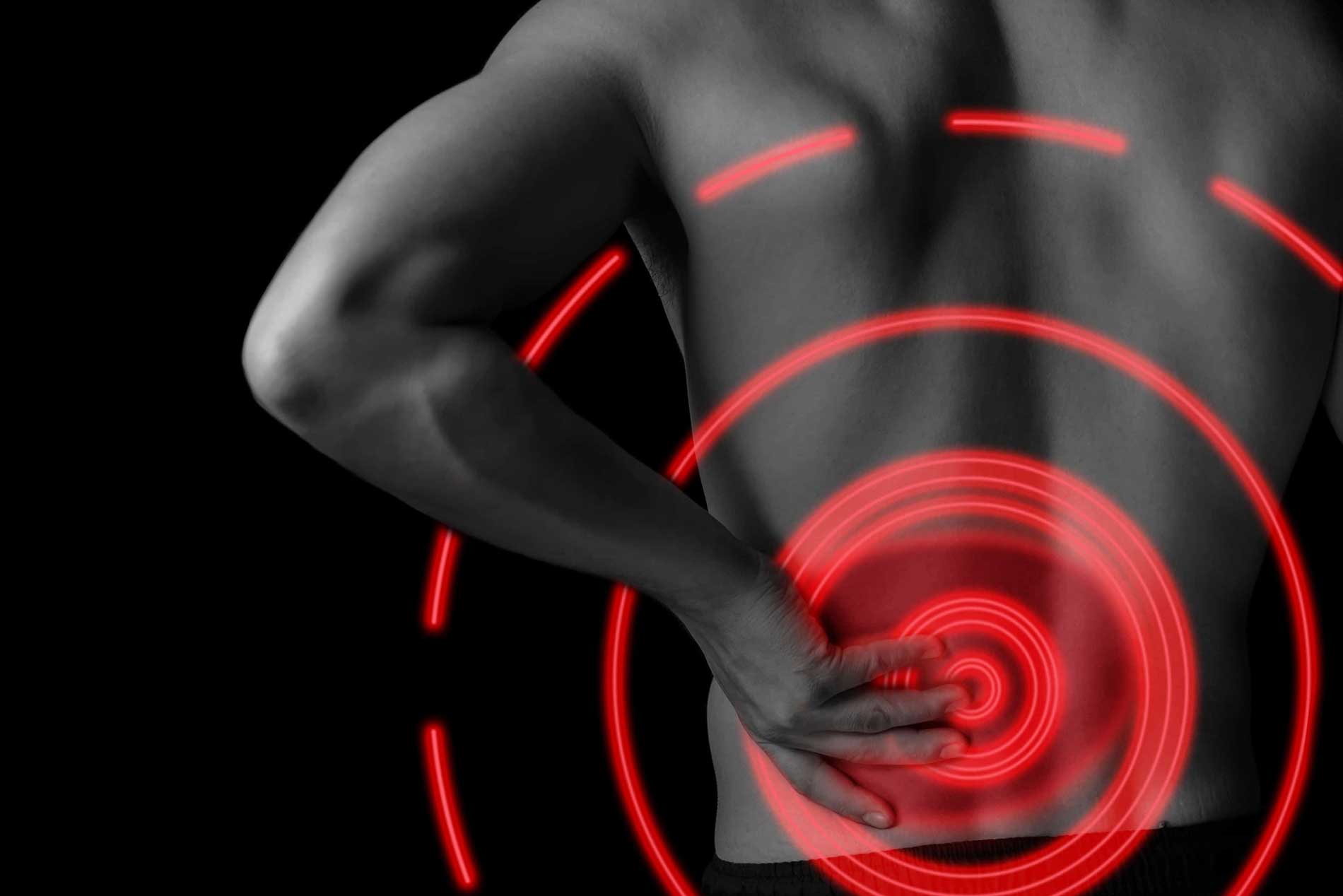Low-level lasers are different than more publicized heat lasers that are used in many surgical procedures to cut and cauterize tissue.
Low-level lasers do not have a thermal effect and are used to stimulate, rather than destroy tissue.
These types of lasers have been in use for over 25 years and there has yet to be one recorded side effect.
Low-level laser studies have been done and have proven to be effective in many cases, but it was the ERCHONlA laser that made history by becoming the first low-level laser in the world to gain FDA market clearance for the treatment of chronic neck and shoulder pain. This was proven through two double-blind studies to prove the efficacy of the ERCHONlA laser on chronic pain.
How It Works
Lasers emit visible coherent light that is applied to the affected area. Bundles of light energy pass through the dermal layers, and are received within the cell membrane by specific energy photo acceptors. The increase in intra-cellular energy results in altered cell membrane permeability and physiological changes occur through an enzyme cascade to affect several biological processes. Within the injured musculoskeletal tissue, low-level laser light initiates increased microcirculation and enhanced tissue regeneration. The overall effects are decreased pain and inflammation and increased range of motion.

